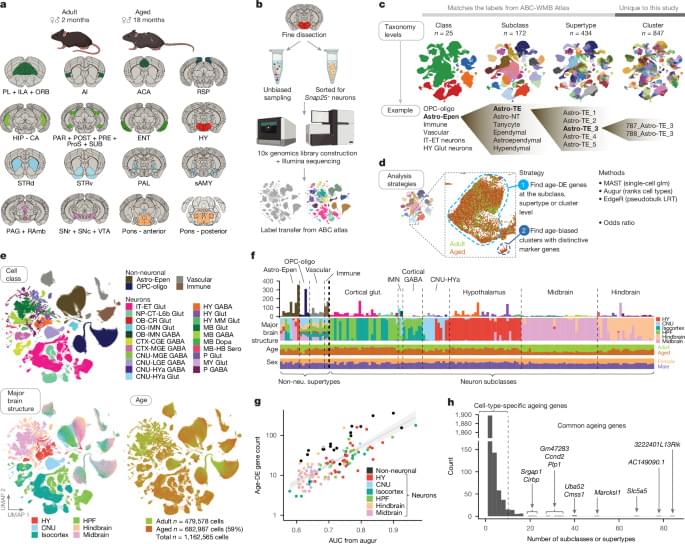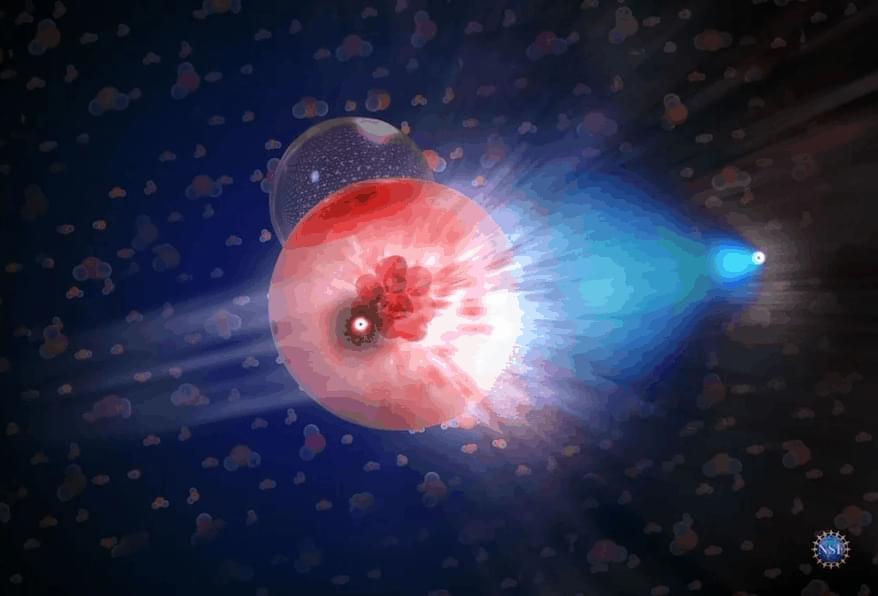Last video: The 2025 Boring Company Update Is Here!
► Support the channel by becoming a member: https://www.youtube.com/channel/UCJjAIBWeY022ZNj_Cp_6wAw/join.
►The Tesla Space Merch Store Is Live! Shop our newest release while quantities last: https://shop.theteslaspace.com/
► Patreon: https://www.patreon.com/theteslaspace.
► Join Our Discord Server: https://discord.gg/zfMNSnuRQN
► Subscribe to our other channel, The Space Race: https://www.youtube.com/channel/UCeMcDx6-rOq_RlKSPehk2tQ
► Subscribe to The Tesla Space newsletter: https://www.theteslaspace.com.
► Use my referral link to purchase a Tesla product and get up to $1,300 off and other exclusive benefits. https://ts.la/trevor61038
Subscribe: https://www.youtube.com/channel/UCJjAIBWeY022ZNj_Cp_6wAw?sub_confirmation=1
Welcome to the Tesla Space, where we share the latest news, rumors, and insights into all things Tesla, Space X, Elon Musk, and the future! We’ll be showing you all of the new details around the Tesla Model 3 2023, Tesla Model Y 2023, along with the Tesla Cybertruck when it finally arrives, it’s already ordered!
Instagram: https://www.instagram.com/TheTeslaSpace.
Twitter: https://twitter.com/TheTeslaSpace.







